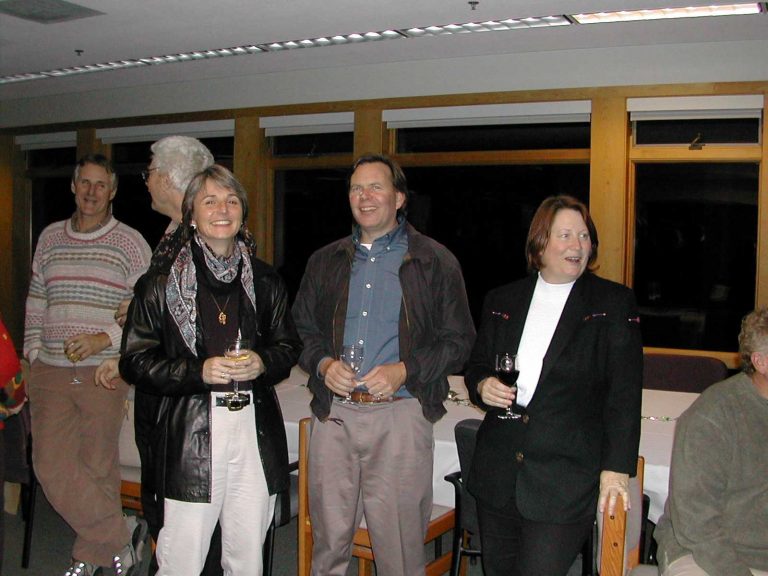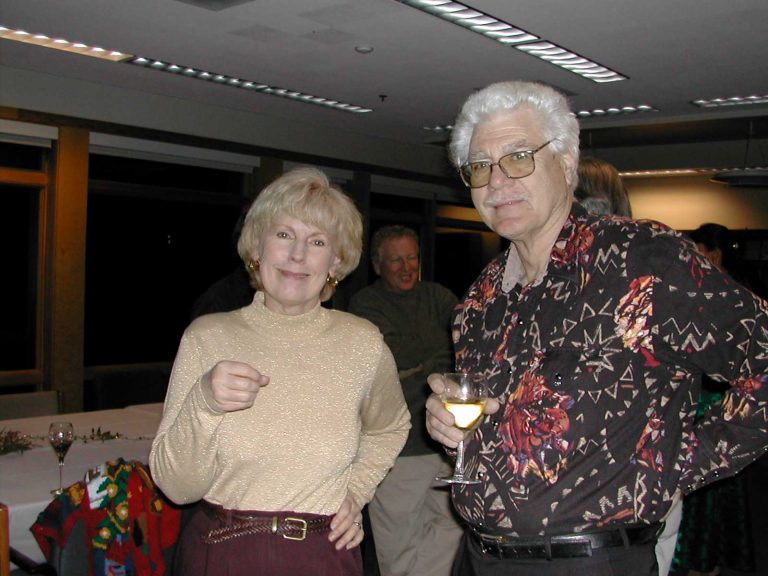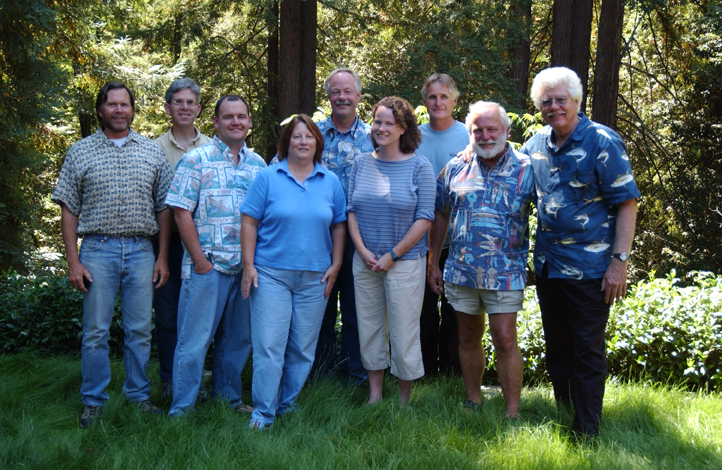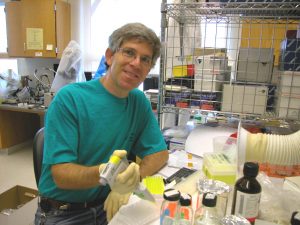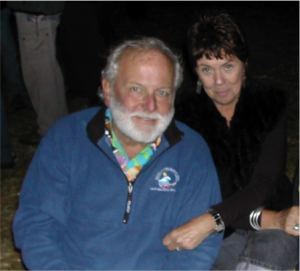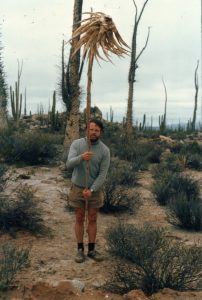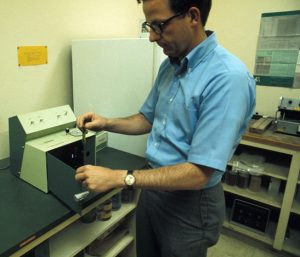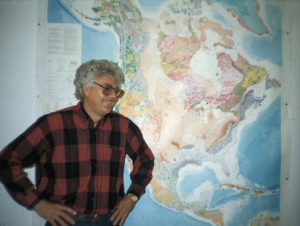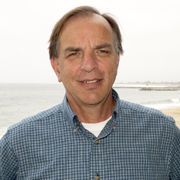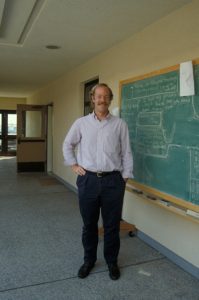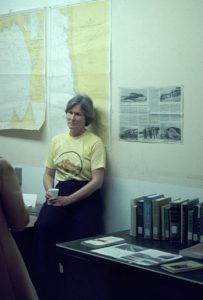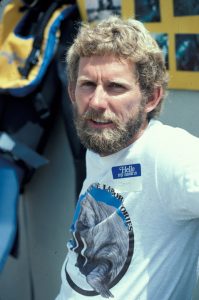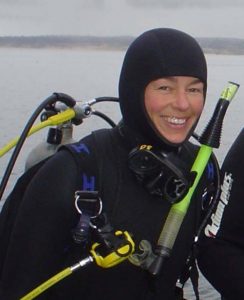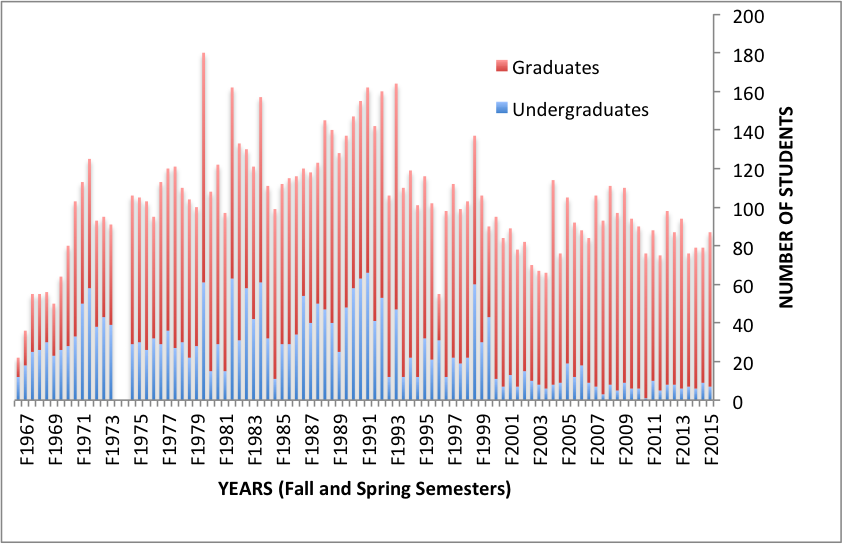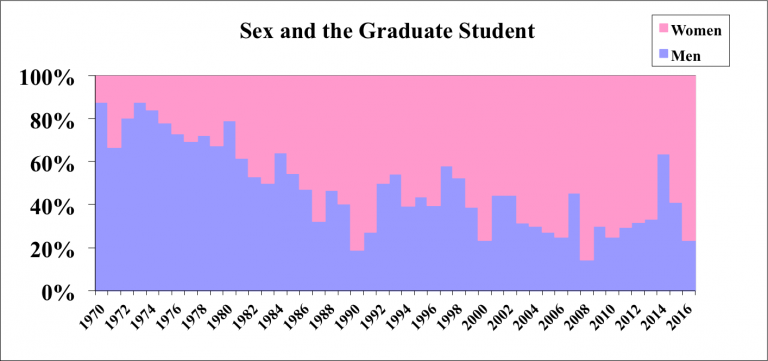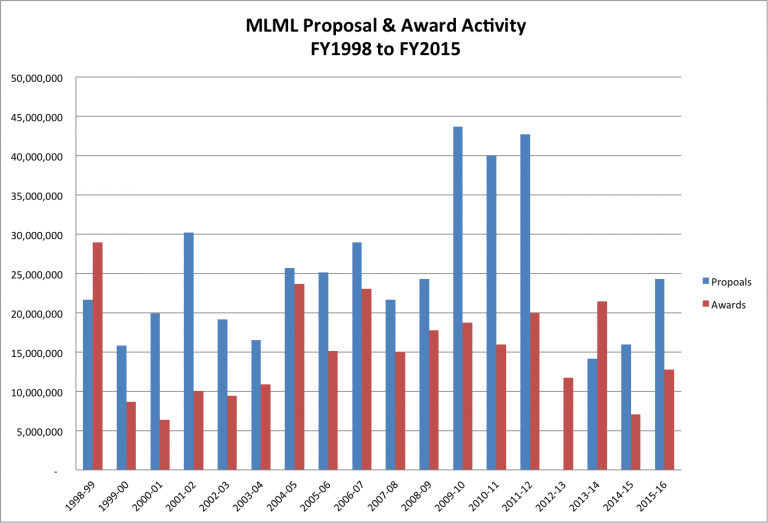By Jim Harvey (5 August 2016)
In the 50 years of its existence MLML has accomplished a great deal. Kenneth Coale calls it the “Little Marine Lab that Could”. John Martin said that its success was due to the MLML “spirit”. It certainly has a lot to do with people working together to achieve individual and institutional goals. It is truly remarkable that ethos is a part of all the people that work here. It does not matter if you are cleaning floors, working on facilities, maintaining and running boats, getting a M.S. degree, shelving books, or mentoring students, everyone seems to like their job and know how important each person is to the greater good.
This is the last blog before the Anniversary weekend, but I hope we can continue to produce blogs into the future. There are still many stories to tell of the past, and innumerable ones starting right now. So anyone that has a blog idea please let me know, we want to continue this saga. But this week’s blog is sort of a summary, or a celebration of the 50 years of MLML and its SPIRIT.
Because the main purpose of MLML is to educate students and specifically to provide a topnotch Masters program in Marine Science, the people that have created this successful model have been the Faculty. Below is the list of the faculty (and some random pictures) and when they were here. It is the best I have right now, so if there are inaccuracies please let me know.
DIRECTORS OF MLML
-
1965 - 1971: John Harville
-
1971 - 1972: Robert Arnal
-
1972 - 1976: Robert Hurley
-
1976 - 1993: John Martin
-
1993 - 1994: Jim Nybakken
-
1994 - 1998: Gary Greene
-
1998 - 1998: Jim Nybakken
-
1998 - 2011: Kenneth Coale
-
2011 - present: Jim Harvey
INVERTEBRATE BIOLOGY
-
1966 - 1998: Jim Nybakken
-
1976 - 1980: Ann Hurley
-
1999 - now: Jon Geller
ICHTHYOLOGY
MAMMALS AND BIRDS
-
1966 - 1979: G. Victor Morejohn
-
1981 - 1989: Bernd Wursig
-
1989 - 2011: Jim Harvey
-
2015 - now: Gitte McDonald
PHYSICAL OCEANOGRAPHY
GEOLOGICAL OCEANOGRAPHY
-
1966 - 1978: Robert Arnal
-
1978 - 1982: Hank Mullins
-
1983 - 1992: Mike Ledbetter
-
1994 - 2004: Gary Greene
-
2006 - now: Ivano Aiello
CHEMICAL OCEANOGRAPHY
BIOLOGICAL OCEANOGRAPHY
-
1971 - 1972: Mary Silver
-
1972 - 1976: John Martin
-
1979 - 1986: George Knauer
-
1989 - now: Nick Welschmeyer
LIBRARIAN
-
19 - 1978: Doris Baron
-
1978 - 1994: Sheila Baldridge
-
1995 - 2015: Joan Parker
-
2016 - now: Katie Lage
DIVING SAFETY OFFICER
-
1973 - 1976: Tom Thompson
-
1976 - 1980: Ann Hurley
-
1976 - 1985: Mike Foster
-
1985 – 2002: John Heine
-
2002 - now: Diana Steller
MLML Student Body
We are, of course, most proud of the students that come out of this institution. They have gone on to become professors, Federal and State resource managers, teachers, researchers, and conservationists. I am sure that most have been successful in some small or large part because of their MLML education. The student body at MLML is mostly graduate students, especially recently, but it is constantly changing. The graph below shows the number of graduate and undergraduate students registered at MLML for the past 50 years.
The MLML student body has changed, from a male dominated group to mostly females. As you can see from the figure below, when MLML started in the mid-1960s it was nearly 80% males in the program, and now females represent nearly 80% of our graduate students.
The MLML student body has changed, from a male dominated group to mostly females. As you can see from the figure below, when MLML started in the mid-1960s it was nearly 80% males in the program, and now females represent nearly 80% of our graduate students.
During its existence MLML also has built a worldwide reputation in science, public service, and outreach. We estimate that MLML has generated in excess of $400 million in research funding. Much of this funding is the result of a burgeoning research community that assists with some of the educational goals (these are the Research Faculty) or are purely soft-money researchers that are an integral part of the MLML success (there are the Research Affiliates). These Research Faculty and Affiliates train and hire MLML students, add diversity to the research endeavors, and greatly expand our research capacity. Below is a graph of the recent history of MLML research funding.
MLML has grown, evolved, and thrived because everyone that comes here works hard, is dedicated, works together, and has fun. It has been a wonderful ride.
Along those lines we also want to get copies of photos. Many of you took pictures when you were at MLML or have spectacular ocean-themed shots. We would like to use them for a variety of purposes if you are willing so send us your photos, we can scan pictures or 35mm slides, then we will return them. Or bring them to the 50th celebration.


